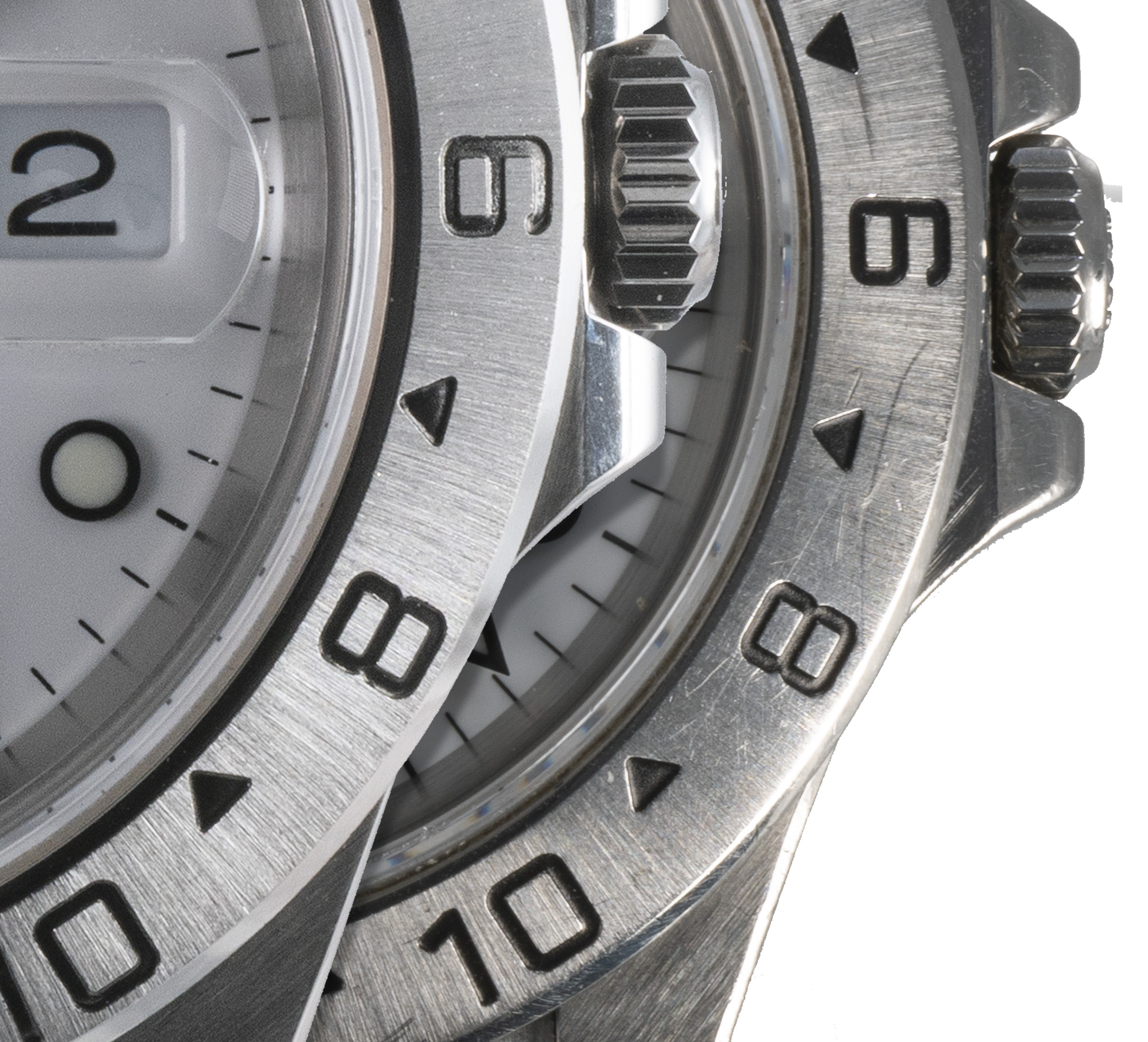

Whether you own a luxury timepiece, a family heirloom, or a modern automatic watch, understanding how accurately it keeps time is essential. Accuracy isn’t just about convenience — it reflects the mechanical health of the watch and can help you detect when a service or adjustment is needed.
At Steven Hale Watch Restoration (SHWR), we believe every watch owner should have a good understanding of their timepiece’s performance. While professional timing machines offer the most precise measurements, it’s entirely possible to check your watch’s accuracy from the comfort of your own home.
This guide will walk you through why accuracy matters, how to measure it, and what to do if your watch isn’t performing as it should.
Why Watch Accuracy Matters
The “accuracy” of a watch refers to how closely it adheres to real-world time. All mechanical and quartz watches deviate slightly — some by seconds, others by minutes — depending on design, condition, and use.
Accuracy matters because:
Acceptable Accuracy Ranges
Different types of watches are designed with different expectations:
Quartz Watches
Automatic / Mechanical Watches
If your watch deviates more than expected, that doesn’t necessarily mean it's broken — it may simply be magnetised, in need of regulation, or due for its next service.
How to Test Watch Accuracy at Home
1. Choose a Reference Time Source
Before you begin, you’ll need an accurate, reliable reference. The following sources are recommended:
2. Synchronise Your Watch
To start, choose a moment to sync your watch to the reference time:
Make a note of the starting time, date, and even your watch’s position (dial up, crown down, etc.) — this helps you spot position-based timing variances.
3. Check After 24 Hours (or More)
After 24 hours or a few days (the longer, the better for accuracy), compare your watch to the reference time:
Example: If your watch is 18 seconds fast after 3 days, it's gaining 6 seconds per day.
4. Repeat in Multiple Positions
Mechanical watches often run at different rates depending on their position (e.g., dial up, crown down, crown left). You can check accuracy in:
Watches can gain or lose a few seconds differently in each position due to gravitational effects on the balance wheel. This test can help detect if positional regulation is off.
Optional Tools for More Precise Testing
For those who want to dive deeper into accuracy testing, here are some home-friendly tools and apps:
1. Timegrapher Machines (e.g., Weishi 1000)
A timegrapher listens to the beat of the watch and displays:
These machines cost between £100–£300 and are a worthwhile investment for collectors.
2. Smartphone Apps
Some apps use the watch’s ticking sound via your phone’s microphone:
Note: Accuracy may vary depending on your phone’s microphone and ambient noise.
Common Accuracy Issues and What They Mean
1. Magnetism
One of the most common causes of poor accuracy. Magnetised hairsprings cause erratic timing — sometimes gaining minutes per day.
Symptoms:
Fix:
2. Low Power Reserve
If your automatic watch is not worn long enough, it may not be fully wound, affecting timekeeping.
Solution:
3. Temperature Fluctuations
Extreme changes in temperature can affect accuracy, especially in older or unregulated watches.
Solution:
4. Shock or Drop
Even a small bump can affect the fine tuning of a balance spring or regulator.
Symptoms:
Solution:
When to Seek Professional Help
Testing at home gives a helpful overview, but if you notice consistent issues or large deviations, it may be time for professional attention. SHWR recommends a service or regulation if:
How SHWR Tests Accuracy
At Steven Hale Watch Restoration, we use industry-standard Swiss-made timegrapher machines and regulated test environments to assess watch accuracy. For vintage watches, we take special care to test them in multiple positions, factoring in their age and wear.
When a watch is serviced, we always:
If your watch is not keeping time within its expected tolerance, we can usually adjust it without needing a full service — depending on its condition.
Conclusion: Keep Time Like a Pro
Testing your watch’s accuracy at home is simple, rewarding, and can help prevent larger problems from developing unnoticed. Whether you’re tracking a precision chronometer or monitoring a treasured vintage piece, a little vigilance goes a long way.
By comparing your timepiece to an official source and logging its performance over time, you’ll get valuable insight into its health and timing characteristics. If any irregularities appear, SHWR is here to help — with the tools, experience, and expertise to keep your watch ticking in perfect harmony.
Need help diagnosing a timing issue? Contact Steven Hale Watch Restoration today for professional testing, servicing, or advice tailored to your watch.